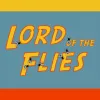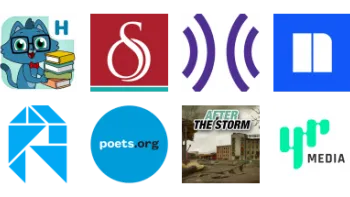Take a look inside 5 images
Lord of the Flies Game
Pros: Provides instant feedback, and most students will find it more engaging than a standard worksheet.
Cons: Not much depth in the interactives, and easy to finish by just guessing.
Bottom Line: It's a free, digital worksheet-style activity that'll help students brush up on the novel, but not much else.
This is a review-only activity. It doesn't do much teaching, and because it's so easy to complete by guessing, you can't use it for assessment.
That said, teachers can use Lord of the Flies Game after completing other class activities and discussions about the book to reinforce some of the key themes and characters. Teachers will want to supplement the game with discussion, writing, and other projects that get students using critical-thinking skills. The activities are very similar to those you might find on a worksheet, so they are not entirely without value, and it is interesting to see the depictions of the characters. Teachers could encourage students to discuss whether the images in the game match what students imagined while reading.
Lord of the Flies Game is a very basic interactive for review of the novel Lord of the Flies. It's most akin to a digital worksheet, since students complete a few point-and-click, question-and-answer activities covering key themes and characters. For instance, students drag and drop quotes and symbols (Piggy's glasses, for example) to the appropriate characters. They do the same thing with the story's themes (the conch matches with "law and order") and uncover quotes from the book; there are also some multiple-choice questions. Afterward, they can explore the flaming island for more information about William Golding and Lord of the Flies.
As a quick review of the characters and themes in the story, many students will find this more engaging than a worksheet. However, it's light on depth and doesn't actually teach anything, so it won't work as a standalone lesson or robust learning experience that taps into higher-order thinking or analysis. It may be helpful to students who are more visual learners, as it allows them to work with images and in spatial contexts rather than simply connecting words on a sheet. Generally, though, there's not much here of interest.














